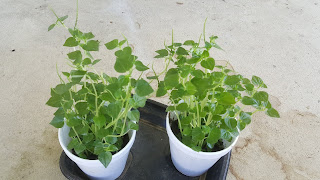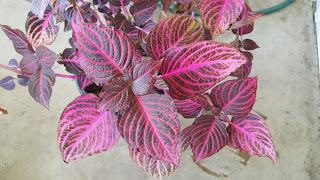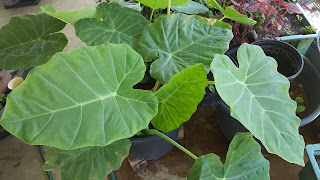ក្រសាំងទាប or Crab Claw (Peperomia pellucida)

The Khmer use Crab Claw or ក្រសាំងទាប (Peperomia pellucida) is a tender leafy greens that my great grandparents like to serve it in an herbs and veggies platter for table condiment accompanied by Khmer Chutney and Sauce of sorts. In cold tossed salads, or a quick blanched in stir fries. A native to Cambodia. It can be found growing wild. A perennial in a tropical and subtropical subtropical climate of 50 degrees Fahrenheit and above. It thrive in a hot humid and moist environment with filtered sun. Medicinal Use: It has been studied, the plants are analgesic, anticancer, antifungal, anti-inflammatory, cholagogue, diuretic and refrigerant. They are used in the treatment of bronchitis, asthma, gout, arthritis, headache, rheumatic pain, impotence, abdominal pain, kidney problems etc. An ethyl acetate extract of the air-dried plants showed antibacterial activity against Bacillus subtilis, Pseudomonas aeruginosa and Staphylococcus aureus. The antibacterial...

